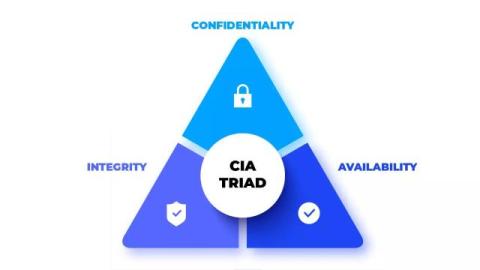PIA or DPIA: What Are They and What's the Difference?
Today, personal data protection is very important as the amount of information shared by internet users keeps increasing daily; there is also a dire need to secure users' privacy. Hence, the importance of Privacy Impact Assessment (PIA) and Data Protection Impact Assessment (DPIA).





